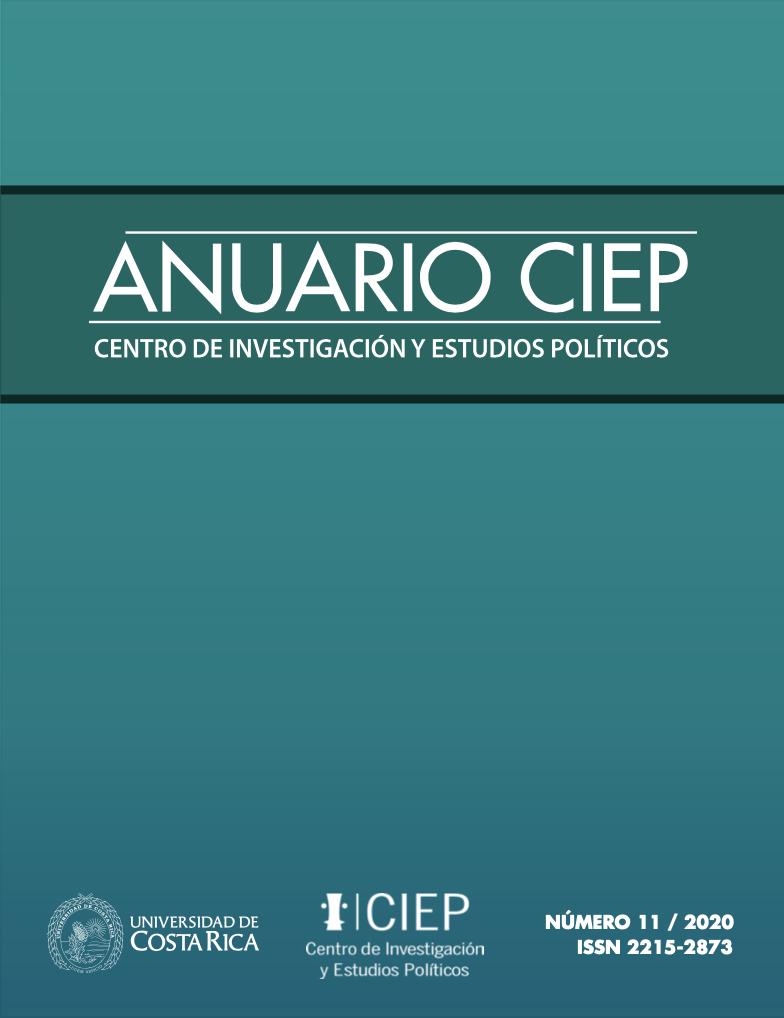Abstract
The electoral campaigns in their communicational dimension can be analyzed from interdisciplinary approaches, among them, the combination of discourse studies, text linguistics and political communication. During the electoral campaigns there are varied spaces of communication used both to attract voters and to discuss candidates and their proposals. In this article, the objective is to identify the different communication spaces of the 2018 electoral campaign and its main discursive genres, based on 48 interviews carried out in 12 districts of Costa Rica concerning these elections. The methodology used focused on a quantification of the communication spaces named in the interviews and in a more detailed analysis of the textual fragments in which these spaces were named. The categories of analysis identified were the following: informative and participatory communication spaces, closed sphere - personal space - and open sphere - public space -, vertical or horizontal relations between participants in the communication spaces and, finally, the discursive genres. The main results indicate that there is a preference for informative communication spaces over participatory ones, in which television is the main medium. This indicates that the vertical axis constitutes the dominant relationship during the campaign. On the other hand, face-to-face conversations between family members is the most common participatory space. Finally, several areas are proposed for future research.

